Do you feel like your home has lost its spark? Here are some tips on how to use the maximalist style to give new life to your home.
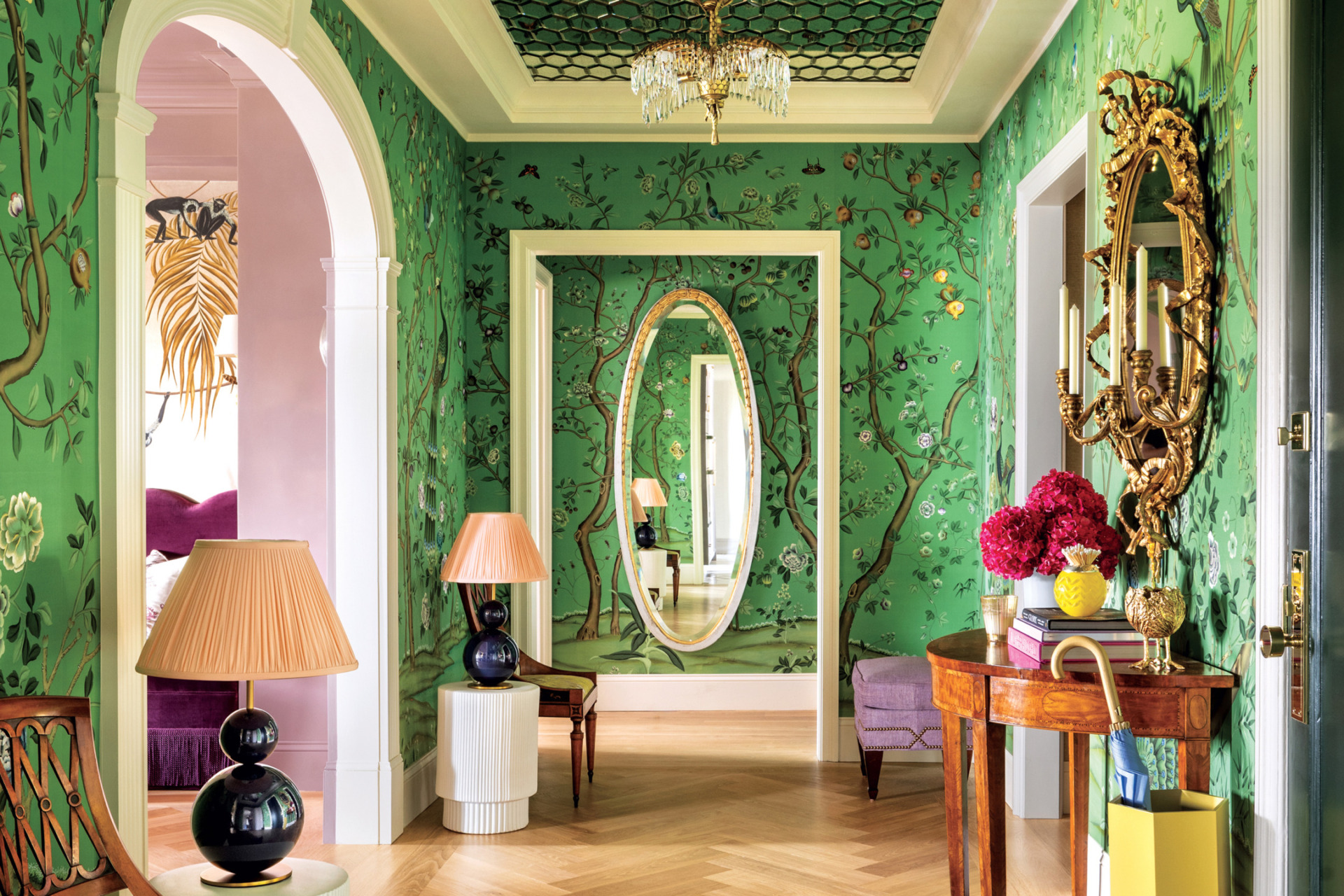
When Robert Venturi said in 1966 that “less is a bore”, he made a critique of the “less is more” motto that inspired the entire modernism movement, where minimalism, clean lines, simple shapes, and neutral tones are the main elements.
In the decades after Venturi’s statement, maximalist style ruled over interior design trends in the 80s, characterized by its incredible use of cozy opulence and lavish interiors that made every room feel like an ode to the individual’s personality.
While in modern times, the maximalist style has changed a lot, it is still characterized by its usage of art, patterns, antiques, and many other different elements, in a free and unique way, meant to represent the home’s personality and soul perfectly.
In this article, we’re going to show you two of the best tips that interior design experts have thought of to aid you in your next interior design project using the maximalist style’s amazing quirks and dynamic elements.
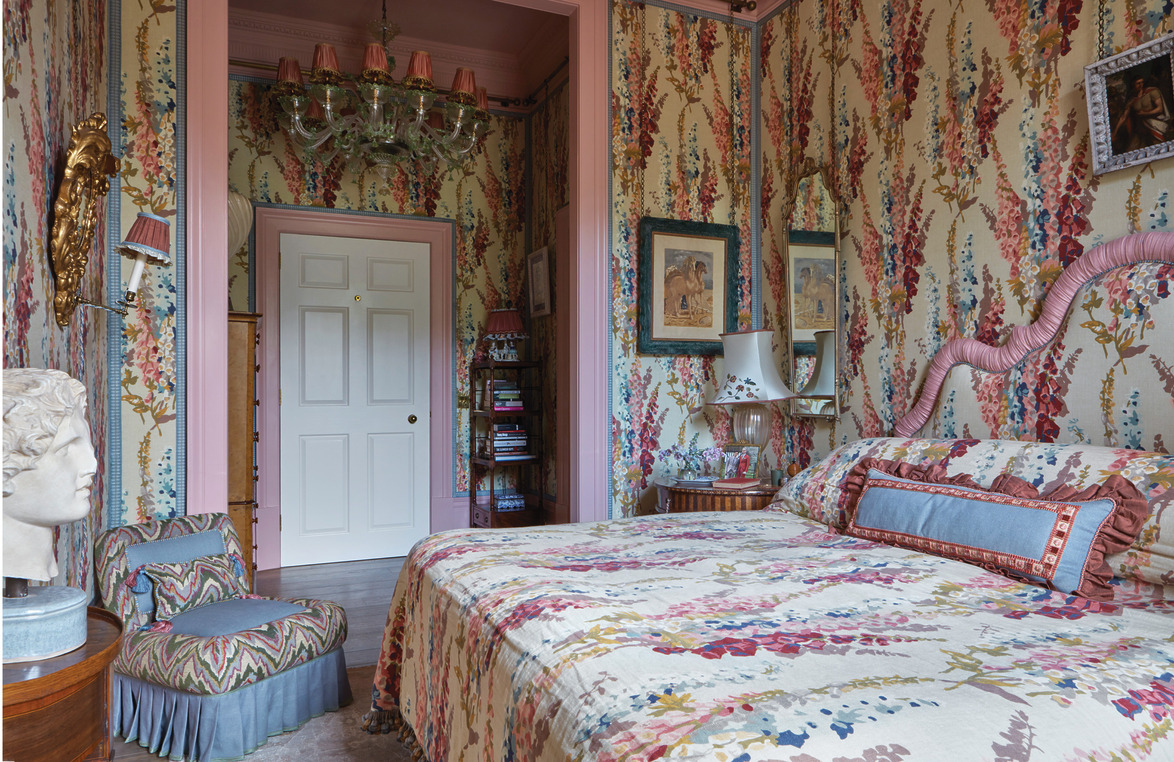
Play around with Patterns
While most designers choose the term “maximalist style” to describe this particular design style, Martin Brudnizki preferred calling his interiors “layered“, as they have the ability to feed the mind and soul of whoever gazes upon them.
In this bedroom, for example, he chose plenty of antique patterns and elements, which he also contrasted with more rectangular, geometrical ones, which creates, at a first glance, a bit of an overwhelming feeling, that is immediately overshadowed by the comforting feeling guests feel when they relax, sit down and take a look around the room.
The room feels like a mix of a Victorian princess’s bedroom with a more contemporary touch given to it; however, through his experience with the maximalist style, Brudnizki advises a bit against the usage of floral patterns, recommending instead a combination of geometric patterns, such as stripes.
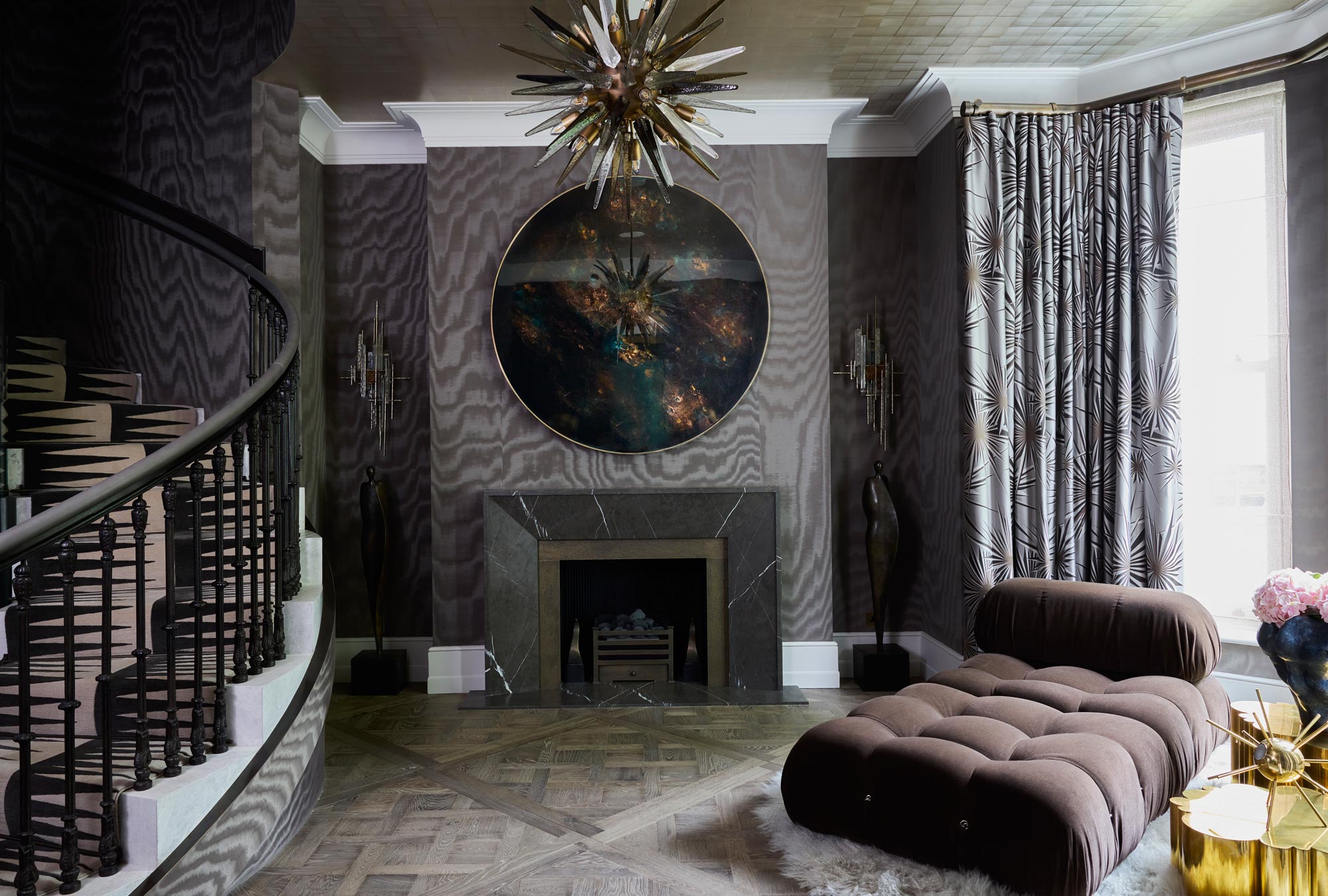
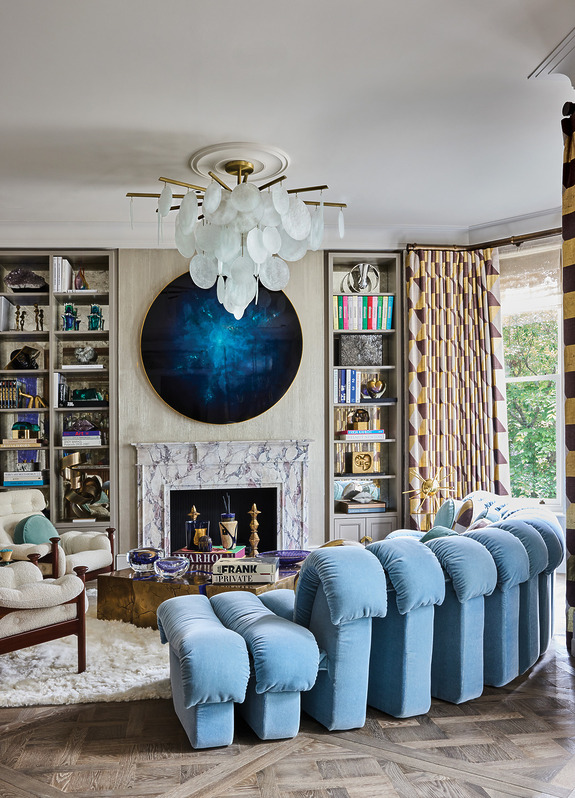
Don’t be afraid to experiment.
For an interior designer, the homeowner’s collection is a critical factor in the process of deciding what the home should look like, as it often dictates how a room should look, what its tone should be, and what its scale should be.
With that in mind, the living room above is an example, where interior designer Trilbey Gordon’s client had inherited an Icy de Sede sofa, which served as initial inspiration for the designer to use blue elements, and ended up bringing about the whole coastal ambience that the room has going on, thanks to the use of decorative elements such as the oceanic disk above the merble fireplace.
This means that experimenting with different pieces and figuring out what you want afterwards is a big part of the maximalist style’s philosophy of challenging norms and being different from the rest.
For those who aren’t very big fans of using patterns, Gordon recommends placing bold textures in unexpected places, which makes a room feel that much more interesting and charismatic, almost serving as a direct invitation for guests to come and explore the living room.
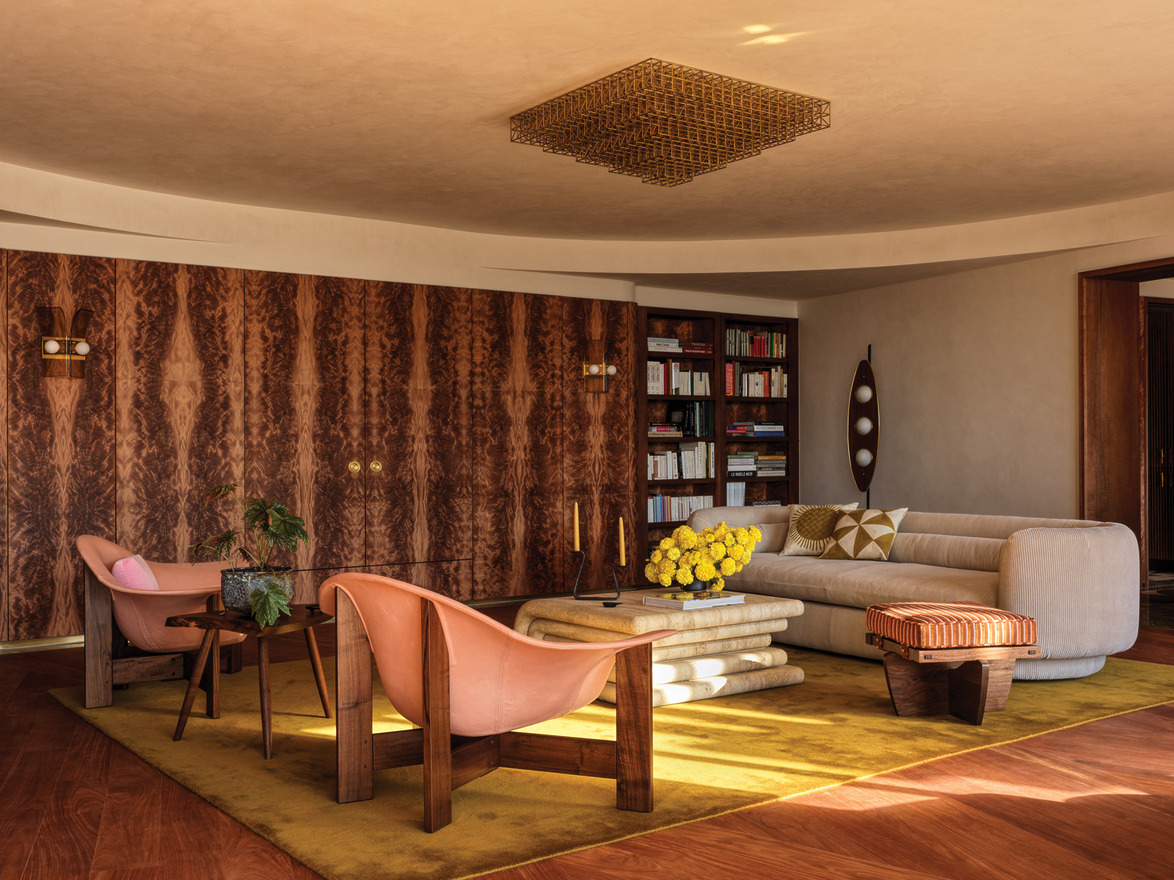
You can be impressive without being too flashy
The last tip we’ll be covering is interior designer Nicholas Pott’s take on how the maximalist style doesn’t need to be exaggeratedly decorated with lots of different patterns, colors, and shapes in order to impress guests.
In this Watergate apartment’s living room, Pott used the maximalist design’s unique charm and characteristics, all the while maintaining a relatively simple and calm feeling in the living room, by not exaggerating in the usage of decor and furniture.
Pott insists that context is everything and that sleek and sinuous furniture can bring about the same pompous feeling that the maximalist style is known for, even when a room is “not hitting you over the head with patterns, colors, and textures”, as he said when asked about his project.
The white sofas, the beautiful cocktail table, as well as the room’s overall earthy tones and mustard yellows, make this room feel almost like a symbiosis of sorts between minimalist and maximalist style, which sounds contradictory, yet it is brought to fruition beautifully in this project.
Did you feel inspired by these tips and want to use the maximalist style in your next project? If so, consider visiting our collection of maximalist products at HOMMÉS Studio.

Source: Galerie
Photography by Chris Mottalini, Kate Martin, James McDonald, and Andrew Frasz





